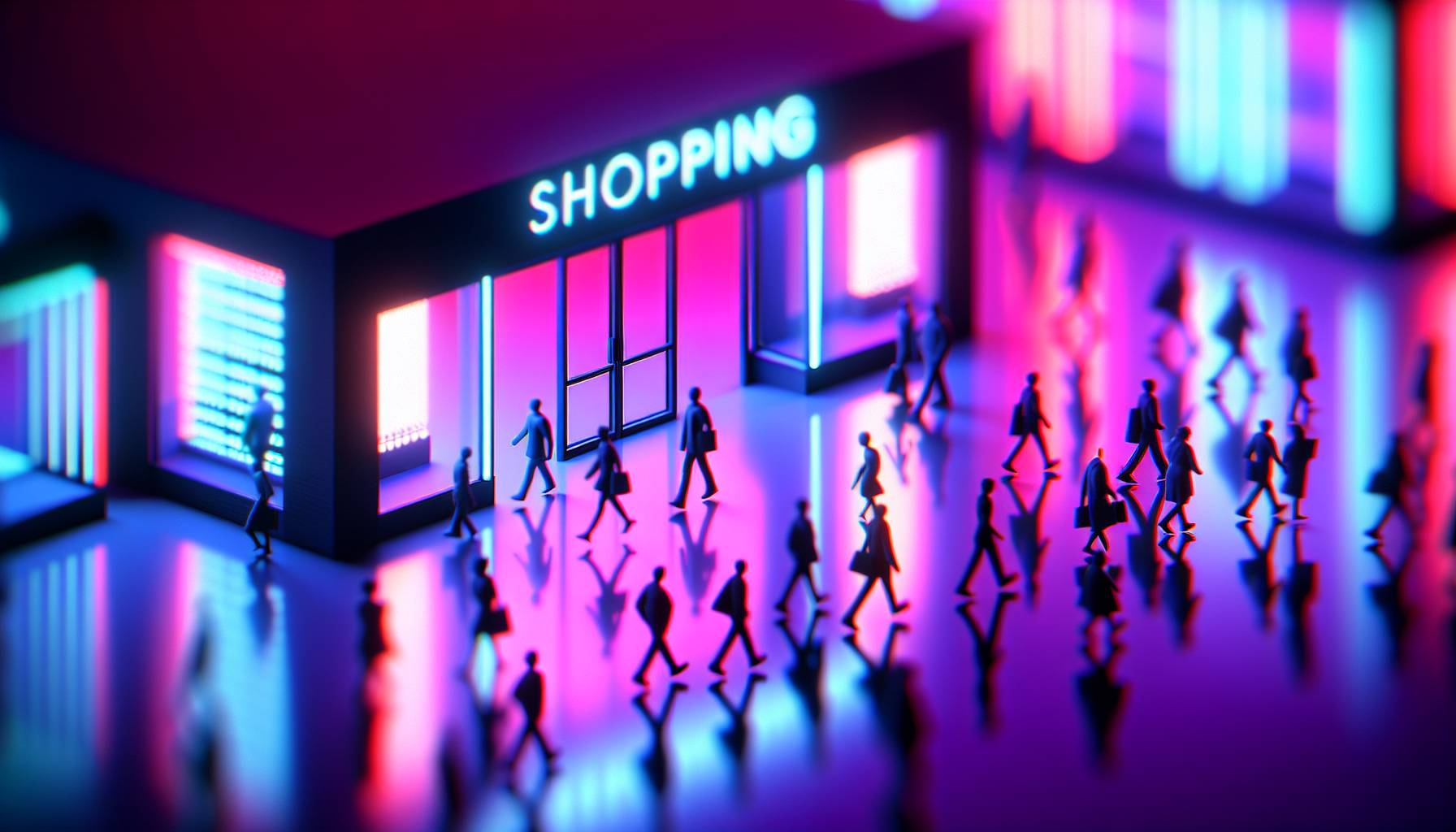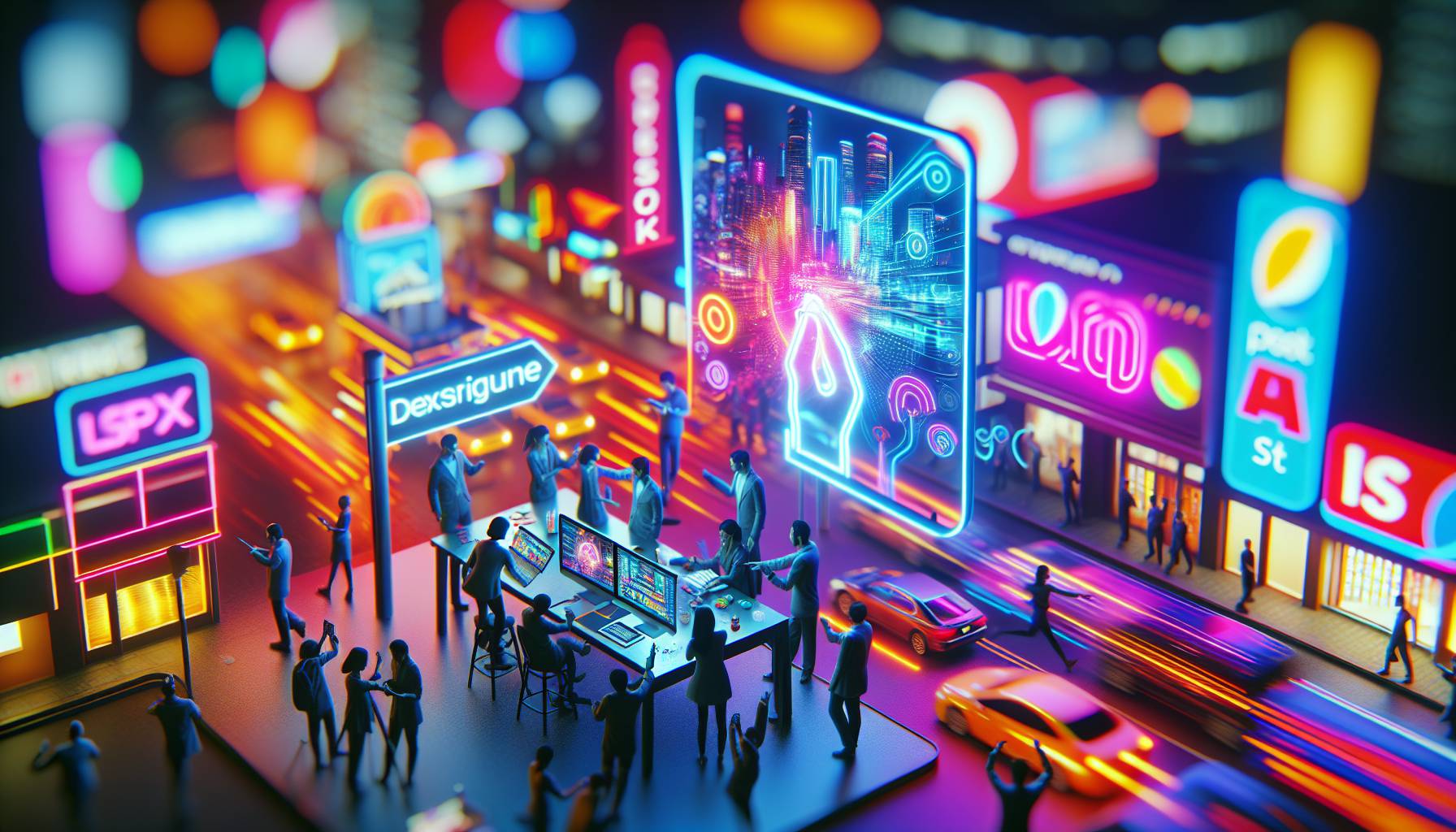Understanding Bounce Rates: What They Mean for Your Storefront

Do you remember the last time you walked into a store, took one look around, and walked right out. Maybe it was the bland lighting, the same five pairs of black jeans on racks or perhaps there was a smell you didn’t quite like. I Suspect this is what happens when visitors to your online store visit your homepage and leave without engaging with a single thing.
Sort of. The bounce rate is that metric. It’s the percentage of visitors who step in and immediately bounce out.
That means something about your storefront design isn’t working for them. The general rule is - lower bounce rates mean more interested and engaged visitors. There’s something about your shop that keeps them interested.
So what exactly goes into understanding bounce rates. A good way to start is by examining your bounce rates alongside other engagement indicators like average time spent on site, page views per session and conversion rates (that means the number of people who end up buying from you). Bounce rates can be segmented further by traffic source, device type and geography too so you have a more well rounded understanding of what could possibly be affecting those percentages.
It’s common to have higher bounce rates among mobile users - think about how many times you’ve visited an online store on your mobile browser and found it difficult to navigate or browse products seamlessly because of broken design elements or longer loading times. When it comes to traffic sources - paid advertising may not always result in converting audiences so that could contribute to higher bounce rates too. On the other hand, visitors coming in from an online review might spend longer browsing and maybe even buying from you since they’ve already heard good things about your products.
Understanding these nuances requires us to consider our bounce rate as an indicator of the overall health of your website as well as your marketing efforts. Depending on how high or low your bounce rate is, it should ideally be treated as something requiring attention rather than being perceived negatively.
After all - only when we’re aware of what’s not working can we do something about it.
Essential Design Elements to Keep Customers Engaged

What's the first thing that pops into your head when you hear someone say design. For most people, their mind wanders to pretty colours and shapes. But that's a gross oversimplification, because there are a ton of other things that come into play here. Especially for a digital storefront.
The way I see it, because if you don't factor in all of these elements, then the end result is something that looks quite nice but isn't very useful. You can see how this isn't ideal, particularly when you're working with clients who want more than just aesthetics. More or less.
The way I see it, and keeping them engaged is such an important part of this process. It's the key to getting repeat customers and driving better sales. So let's take a look at some of the most important elements you should be paying attention to here.
This starts with ensuring that you've got brand consistency from top to bottom, which includes using the right logo, colour palette, font, iconography, and style of images across all pages and products. Making sure everything on your website is accessible is also fairly crucial, so set up alt tags for all images, avoid using too many bright colours and light text, and ensure everything on your site can be accessed through keyboard navigation. Other than this, you should also be optimising your search function so that customers can quickly find what they're looking for, investing in high-quality visuals for everything, making sure your product descriptions are both engaging and informative while covering every detail about your product. That includes sizing information with size guides.
And while some people might not think customer reviews are important here, they actually are - not everyone trusts brands or takes their word for it anymore. Including them allows customers to trust other people like them who have tried your products before and can speak honestly about them.
These are just some of the basics you can do to make sure your customers remain engaged throughout their time spent shopping on your website. There is no end to the number of other ways you could engage customers here (like running loyalty programs or email marketing campaigns). But if you're looking to create better engagement through design - these elements are where it all begins.
The Role of User Experience in Reducing Bounce Rates

Why do people land on a website, take one quick look, and bolt. Usually because the user experience was either a bit too overwhelming or not engaging enough. I Assume Although the reason for this might differ based on the industry or what the website is being used for, a design that’s too busy and cluttered can be anxiety-inducing for most of us.
People decide to check out what your website has to offer and are promptly greeted by neon colours, conflicting visuals, hard-to-read fonts, and navigation menus with way too many options. Their confusion can rather quickly turn into frustration and before you know it, they’re gone. People want to shop in a space that looks and feels welcoming. A pleasant user experience means that your audience is likely to stay longer - you know, if they understand how to get around your site and easily find what they’re looking for, they’ll want to keep coming back.
User experience also doesn’t just mean how things are arranged on your website or the graphics you use but also how quickly your site loads and how it responds to various user inputs. Think about it. Would you spend more time on a website that loads super slowly every time you try to interact with it.
Probably not. Your audience would much rather shop somewhere else than wait for your fancy graphics or product catalogues to load. Curating a pleasant user experience can help you not only retain customers but also reduce bounce rates so potential clients don’t end up leaving your site without purchasing anything.
Optimizing Visual Hierarchy for Better Customer Retention

Have you ever found yourself totally lost while shopping at a new website. You know the feeling - that strange sense of being off-balance, scrolling back and forth without finding what you need. And then you leave.
Not all online shops are created equal, and how an online store looks plays a big role in whether or not we stick around long enough to make a purchase. Even if your shop offers the best products, your visual hierarchy might make it hard for users to navigate. When there is too much clutter, they’re not sure where to look - or click - first.
Or maybe they have to scroll endlessly just to find your catalogue - or that ‘add to cart’ button. All these result in a frustrating shopping experience, and your target market has no choice but to bounce. Creating visually pleasing layouts is important if you want better customer retention. But I’m not saying over-design your shop - it’s more about keeping things structured and easy on the eye.
Your products (or even announcements like new launches or discounts) should be front and centre - preferably above the fold. Use whitespace as borders, especially for important text. And while it may be tempting to use colours and bold fonts to highlight different sections, try not to go overboard with them - less is more, after all. Now that you know that a well-designed shop can keep your customers browsing for longer than they planned to, it’s time for you to take stock of your own site - or outsource it if you’re not sure how to get started.
Optimising your visual hierarchy is one of those little things that can take a fair bit of work but pays off incredibly well in the long term.
Mobile Responsiveness: A Key Factor in Bounce Rate Management

Do you remember the last time you tried to shop on your mobile and the website just would not cooperate. I do. Drove me nuts, honestly. I clicked away in about thirty seconds, maybe less, which is bad news for whoever set up that storefront thinking they were going to make a sale out of me.
See, being able to shop anywhere, anytime is seldom what makes e-commerce so convenient. But if a storefront is not optimised for mobile use, it means buttons might be all over the place and nothing really loads correctly. And let’s not even get started on how everything on-screen seems to zoom in about five hundred times and stay stuck like that.
In this case, it’s difficult for visitors to go deeper into a site if they're spending all their time trying to figure out how it works. And there are many elements that affect how a site looks on mobile – font choices, image sizes, navigational cues, page loading times, those sorts of things. The easier it is evidently for someone to access what they’re looking for without having to search high and low for menus and such, the more likely they are to stick around.
First impressions matter more than ever on digital channels because everyone now has the luxury of choice. In a physical store, you might have walked around a bit before leaving but with online commerce, people can reportedly tell instantly when they don’t want to browse further. So mobile responsiveness is important because it signals that a store knows what people want today – ease of use and speed – and respects their time enough to care about this experience. The aim should be for users to stay engaged and excited about your wares instead of being lost or confused by your site design.
What this leads up to is far lower bounce rates because even if someone doesn’t buy something at the very first instant they come across your storefront – which is fairly normal online – at least you’ve got them hooked enough through how usable everything is that they'll likely consider buying from you in the future.
Analyzing Customer Behavior: Tools and Techniques for Improvement

Ever thought about why people leave your site without making a purchase. It might seem like a tricky problem, but you can find answers by understanding how customers behave. There are now many tools and techniques to help, even if you're not an expert in tech or design.
One of the most effective ways to track customer behaviour is through analytics software. Google Analytics is somewhat fairly popular for this, and it’s easy to use, mostly because of how detailed the reporting is. You can see how long people spend on your site, where they click, and which pages they tend to leave from.
Hotjar is another good option - with this you get heatmaps that show where customers are spending their time on a page. It's very insightful since you can nearly always visually see what's working well and what isn't. Another interesting method of finding out more about customer behaviour is A/B testing, where you compare two versions of a webpage to see which one does better in terms of conversions or engagement. This can be done using software like Optimizely or VWO (Visual Website Optimizer).
A/B testing helps you make informed decisions about changes to your storefront design, instead of guessing what would work best. You could also make use of tools like Crazy Egg which gives you scroll maps so you know how far visitors are scrolling down your page and what content they’re engaging with most. If you're keen on building relationships with your customers, it might be worth investing in a CRM or customer relationship management system.
With this, you get valuable data about customer preferences and buying habits, allowing you to create personalised offers and experiences. Salesforce and HubSpot are two platforms that offer comprehensive CRM solutions for businesses of all sizes. At the end of the day (or in this case - session), understanding customer behaviour involves collecting data through different tools and techniques. With these insights, you'll be able to better understand the needs of your target audience so you can probably tweak your store's design accordingly and crush those bounce rates.


